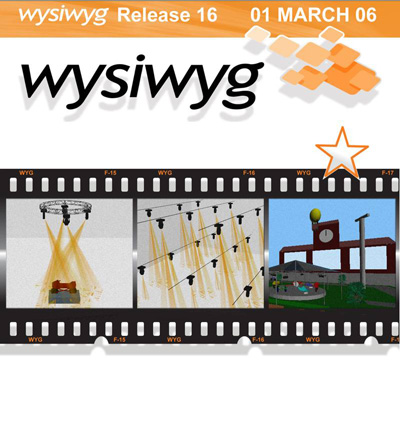New Products for April
 American DJ P36 LED Blinder/P64 LED Blinder
American DJ P36 LED Blinder/P64 LED Blinder
American DJ’s P36 LED Blinder and P64 LED Blinder combine multiple LED fixtures onto one unit. The P36 LED Blinder comprises eight P36 LED pinspots, while the P64 LED Blinder has four P64 LED PARs. They can be set up either on the floor or mounted on American DJ’s LTS-6 lighting stand. The RGB color-mixing fixtures have low power consumption, long life, produce little heat and are DMX-compatible; they can operate with any DMX-512 controller. Both units offer direct DMX connection with no external components required. The MSRP of the P36 LED Blinder is $799.95 and the P64 LED Blinder is $999.95.
American DJ • 800.322.6337 • www.americandj.com




